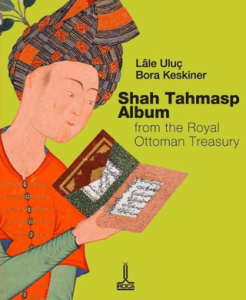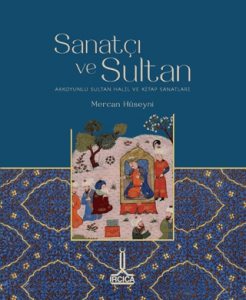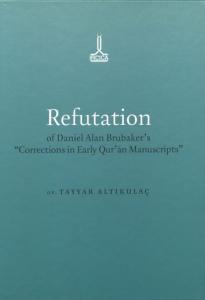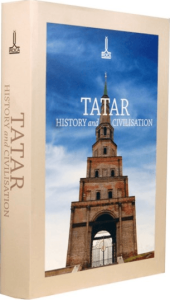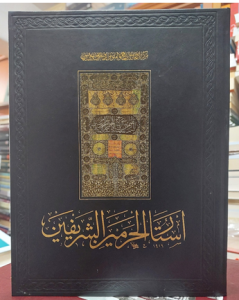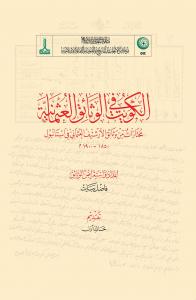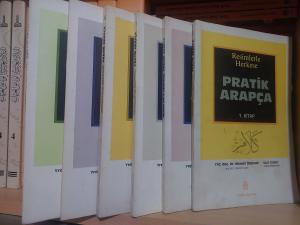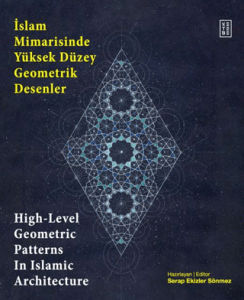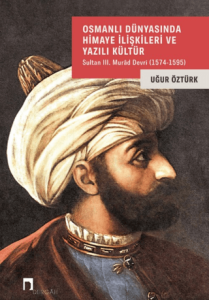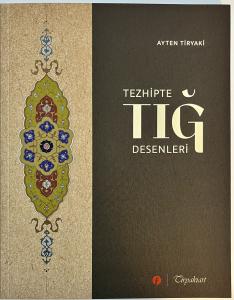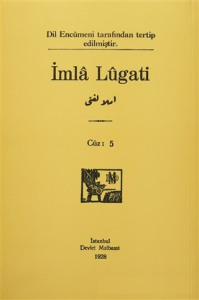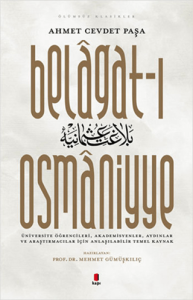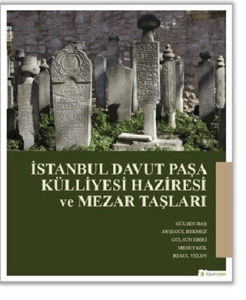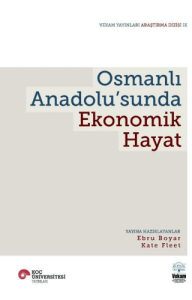Restoration of Mosques in Bosnia and Herzegovina
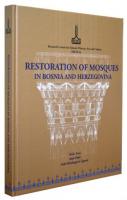
This book is a comprehensive record of the restoration work coordinated by IRCICA on five monumental mosques in Bosnia and Herzegovina namely Neziraga Mosque in Mostar, Sevri Hadži Hasan Mosque in Mostar, Karadjozbeg Mosque in Mostar, Hadži Alija Mosque in Počitelj, and Aladža Mosque in Foča. The first four restorations were carried out as individual projects each after the end of the war. The fifth one is under implementation. Reconstruction of Neziraga Mosque in 1999, which was the earliest of the above projects, formed an example for not only the four other projects but for many other similar efforts. All five projects were financed through donations: Neziraga Mosque project by H.H. Sheikh Hadži Hasan Mosque by the World Monuments Fund, New Yamani, President of Al-Furqan Islamic Heritage Foundation, the Federation of Bosnia and Herzegovina (2004). Technical design for the restoration of Aladža Mosque has been financed by ISAR Waqf, Istanbul.
Amply illustrated with colour photographs and supplemented with maps and drawings, the book can serve as a rich reference for those interested in any aspect of these mosques and their restoration: history, characteristics, rebuilding, restoration of outer and interior elements including decorations and inscriptions, among others. The elaborate Introduction of the book gives a comprehensive overview of the Islamic urban heritage in Bosnia and Herzegovina, the history of its formation, mosques in particular and their architectural monuments underwent throughout history and particularly a brief history of each of the cities where these mosques are located, describing the background and environment of each of the mosques under study.
In the Islamic urban context, destruction of a mosque means loss of the core and disruption of the pattern. Restoration of the core therefore means recovery and rehabilitation of the area. The value added to the building is in itself significant since it reflects communal consciousness of cultural identity on local level and professional concern for conservation of heritage on general/global level. In all their theoretical and practical aspects restoration is closely connected with the historical, cultural and social environments attached to each site and structure. The projects described in the book are significant case studies reflecting these and other facts and considerations involved in any historical restoration work.
This book is a comprehensive record of the restoration work coordinated by IRCICA on five monumental mosques in Bosnia and Herzegovina namely Neziraga Mosque in Mostar, Sevri Hadži Hasan Mosque in Mostar, Karadjozbeg Mosque in Mostar, Hadži Alija Mosque in Počitelj, and Aladža Mosque in Foča. The first four restorations were carried out as individual projects each after the end of the war. The fifth one is under implementation. Reconstruction of Neziraga Mosque in 1999, which was the earliest of the above projects, formed an example for not only the four other projects but for many other similar efforts. All five projects were financed through donations: Neziraga Mosque project by H.H. Sheikh Hadži Hasan Mosque by the World Monuments Fund, New Yamani, President of Al-Furqan Islamic Heritage Foundation, the Federation of Bosnia and Herzegovina (2004). Technical design for the restoration of Aladža Mosque has been financed by ISAR Waqf, Istanbul.
Amply illustrated with colour photographs and supplemented with maps and drawings, the book can serve as a rich reference for those interested in any aspect of these mosques and their restoration: history, characteristics, rebuilding, restoration of outer and interior elements including decorations and inscriptions, among others. The elaborate Introduction of the book gives a comprehensive overview of the Islamic urban heritage in Bosnia and Herzegovina, the history of its formation, mosques in particular and their architectural monuments underwent throughout history and particularly a brief history of each of the cities where these mosques are located, describing the background and environment of each of the mosques under study.
In the Islamic urban context, destruction of a mosque means loss of the core and disruption of the pattern. Restoration of the core therefore means recovery and rehabilitation of the area. The value added to the building is in itself significant since it reflects communal consciousness of cultural identity on local level and professional concern for conservation of heritage on general/global level. In all their theoretical and practical aspects restoration is closely connected with the historical, cultural and social environments attached to each site and structure. The projects described in the book are significant case studies reflecting these and other facts and considerations involved in any historical restoration work.



